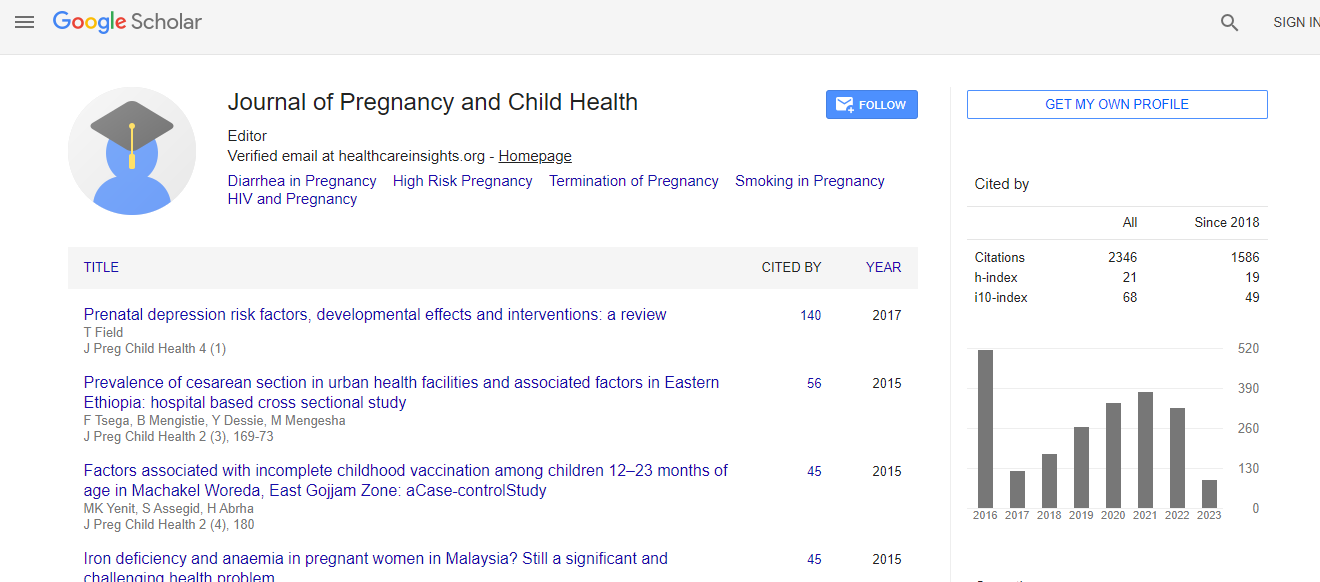Research Article
Emergency Contraception and Abortion among University Students
Maureen Curley* and Teresa Cuesta
Assistant Professor, University of Florida, Gainesville, Florida, USA
- Corresponding Author:
- Maureen Curley
Assistant Professor, University of Florida
Nursing HPNP Complex, Gainesville, FL 32, USA
Tel: 352-505-3726
E-mail: maureencurley@ufl.edu
Received March 31, 2016; Accepted April 20, 2016; Published April 25, 2016
Citation: Curley M, Cuesta T (2016) Emergency Contraception and Abortion among University Students. J Preg Child Health 3:243. doi: 10.4172/2376-127X.1000243
Copyright: © 2016 Curley M, et al. This is an open-access article distributed under the terms of the Creative Commons Attribution License, which permits unrestricted use, distribution, and reproduction in any medium, provided the original author and source are credited.
Abstract
Purpose: Women under age 25 have the highest rates of unintended pregnancies, emergency contraception (EC), and abortion. EC has not shown to prevent unintended pregnancies; yet some advocate for more availability. This study examined EC use and abortion among university students. Methods: This was a descriptive, international study. Demographic and reproductive data were collected on university students; (1) those that had an abortion and (2) those who did not. Chi-Squared and Fisher Exact Testing were used. Results: The sample included 151 students, including 89 who had an abortion. Significant differences were found between the abortion group and the no abortion group in: contraceptive use (88% vs. 69%, p < 0.020), emergency contraceptive use (73% vs. 29% p < 0.001), and frequency of emergency contraceptive use (62% vs. 27%, p < 0.001). Over 10% of the abortion group used EC from 4-6 times as opposed to 1.6% of those who were never pregnant. Discussion: The abortion group used EC more than the no abortion group, suggesting EC did not prevent pregnancy. We recommend to evaluate for: (1) for EC use, side effects, (2) high risk sexual behavior, (3) selfdestructive tendencies, and promote healthy, self-protection and positive self-image measures.

 Spanish
Spanish  Chinese
Chinese  Russian
Russian  German
German  French
French  Japanese
Japanese  Portuguese
Portuguese  Hindi
Hindi 
